Aptitude Test Q&A for GES Promotion - Practice 4
Multiple Choice Questions
1. All the institutions below promote good governance except
2. Which of the following banks was not part of the five banks forming the consolidated bank of Ghana limited?
3. The process through which the central bank (BOG) controls the supply of money targeting inflation and interest rate is called?
4. The process through which the Government influences the national economy by balancing its expenditure with expected revenue (taxation) as expressed in the national budget is?
5. Which of the following is not a major type of budget?
6. Sustained increase in the general price level is called?
7. Which of the following is not category of internal control?
8. The systematic and periodic process of assessing an individual employee’s job performance and productivity in relation to certain pre-established criteria and organizational goals is termed?
9. Which of the following is not a principle of performance management?
10. All the following are conditions under which restricted tendering and singlesourced procurement can be done except?
11. The following are members of the old school tender committee expect? A. B. C. D.
12. The chairman of the new school tender committee is
13. The Chairman of the old school tender committee is?
14. In which year was the first free Textbook policy introduced in Ghana?
15. What is the name of the committee whose report lead the reduction of pretertiary education duration from 17 to 13?
16. What is the name of the committee that reviewed the Dzobo committee in 1987 leading to the full-scale JSS concept?
17. Skinner proposed that language is acquired through operant condition; means that
18. In which year was the fCUBE promulgated in which year?
19. Private dialogue that takes the place of the teacher's prompts and questions and self-guides the learner is
20. Which of the following teaching aids helps the pupils to study, analyse and compare date?
21. Which is the best method of study of child behavior?
22. Which of the following strategies is most suitable for introducing a lesson?
23. When a child responds to all women who wear black suit because of the black suit of her mother, it is the example of ………?
24. The able teacher is one who ………?
25. Several educational groups and associations have stated that schools should develop instruction that is focused on ………
26. Which is not involved in writing a behavioral objective
27. To qualify as a behavioral objective, the behavior being addressed must be ……… A. B. C. D.
28. Which of the following is the most appropriate word to use in a behavioral objective ………
29. Based on the goals they have established for students, reports from educational associations indicate that schools may have
30. Which is the correct listing showing the most general to the most specific?
31. What is meaning of growth?
32. Guidance differs from counselling in which of the following manner?
33. Three merits of proficiency test are ………?
34. Guidance removes ………?
35. Which of the following expressions is used to describe the objectives at the naturalization level of the psychomotor domain?
36. A review of research by Clark & Peterson (1986) found that teachers spend more of their time, approximately 43%, planning instruction around
37. Direct instruction is most appropriate when
38. Tutoring is most effective when
39. When grouping students homogenously during a unit, it should be for
40. When writing a lesson plan, the teacher should
41. Ms. Anani informs her class of the objectives on which her lesson will focus. She does this by stating the objectives and then giving them examples of tasks they should be able to perform by the end of the lesson. By doing this she is trying to
42. Openers are designed to
43. Ms. Ansah is planning a unit on geometry for her 7th-grade math class. She is planning to start with the most concrete concepts first and step-by-step work her way up to the more abstract concepts. This is called
44. Which of the following expressions best describe the objectives at the organization level of the affective domain?
45. Planning is the systematic process of deciding what and how students should learn. When teaching, teachers make one such decision approximately
46. "The student will assess the proposition presented by today's speaker of a plan that uses knowledge of the causes of the Revolutionary War for solving one of the social problems of today." This statement represents which level of cognitive performance
47. In direct teaching, divide and conquer means to
48. By introducing a lesson topic in its most general form and then dividing it into easy-to distinguish subdivisions, the teacher is using
49. Demonstrations are more likely to be remembered when they
50. Modelling
True/False
51. The practice of ability grouping can actually increase differences in academic performance between groups.
52. Psychologists like Erikson suggest that certain aspects of personality develop or dominate at certain periods in our lives. This idea is important for teachers so they can plan ways to teach other personality traits to students.
53. Teachers must adjust both content and their teaching practices to the average student in the classroom.
54. According to Sternberg, one's ability to adapt to the environment may be a helpful measure of one's intelligence.
55. Social competence is more important in school learning than is IQ .
56. Adaptive teaching means to apply the same instructional strategy to different groups of learners so that all students experience each strategy.
57. Although learning is influenced by several layers or systems, the systems view offers little practical information for day-to-day instructional planning.
58. Programmed instruction, computer-assisted instruction, peer and cross-age tutoring, and some audiolingual approaches can also be used for direct instructions to.
59. A lecture-recitation format involves only teacher lectures and students' responses to questions.
60. Direct instruction methods correlate highest with student achievement on standardized measures.
61. Research has shown that most teachers begin direct instruction lessons with review and checking to find out if students have mastered task-relevant knowledge from the previous lesson .
62. A moment of reflection after a parent conference will help to sharpen a teacher's parent conferencing skills.
63. In applying the behaviorist approach, one of the things that should be done is to identify both the inappropriate behavior that needs changing and the appropriate behavior needed to take its place
64. Students can, in almost all cases, control their behavior if expected and allowed to do so.
65. It is generally best for the teacher to choose the punishment for a misbehaving student since a disruptive student has yielded his or her right to agency and privilege.
66. It takes time to establish a successful classroom routine, so new teachers shouldn't be overly concerned about management issues until after the first month of school.
67. If you are teaching students a classroom rule at the beginning of the year, you should keep teaching it until it is learned.
68. When learning a concept, both examples and non-examples are important in helping to learn essential and nonessential attributes of the concept l.
69. The direct instruction model is a teacher-centered strategy in which the teacher is the major information provider.
70. Once determined, criterion levels of behavioral objectives should not be altered.
71. Teachers should organize and sequence curriculum content according to the needs of their students.
72. Teachers should depend primarily upon curriculum guides and textbooks to determine how much content to include in each lesson of a unit.
73. True or False and multiple- choice questions require a greater use of judgement than performance assessments.
74. Performance assessments are meant to serve and enhance instruction rather than being just a test given to assign a grade.
75. The purpose of a test blueprint is to create a format for grading and future tests-saving a teacher time and effort in writing tests.







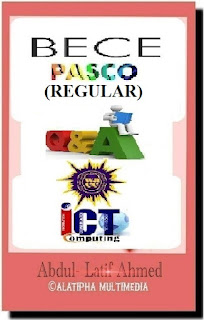


















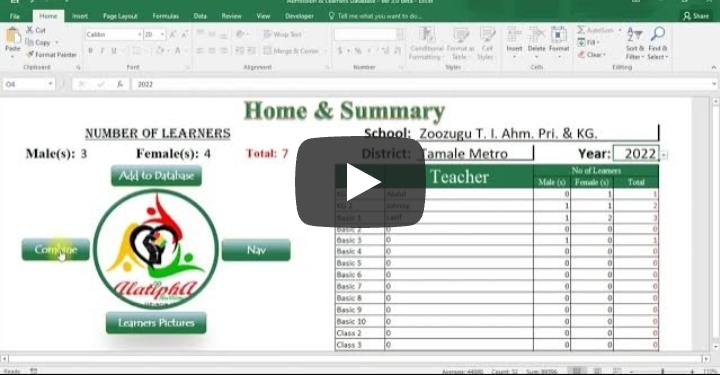
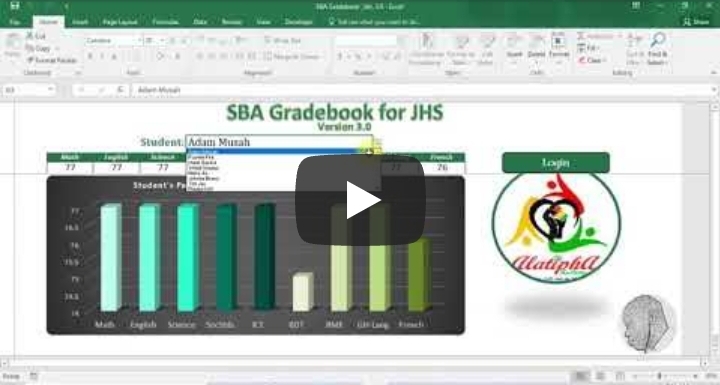
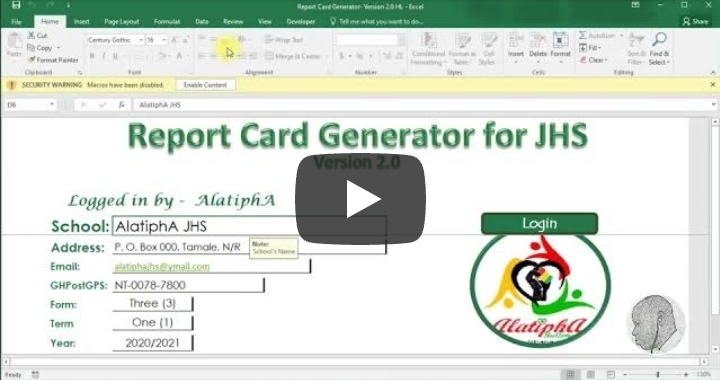


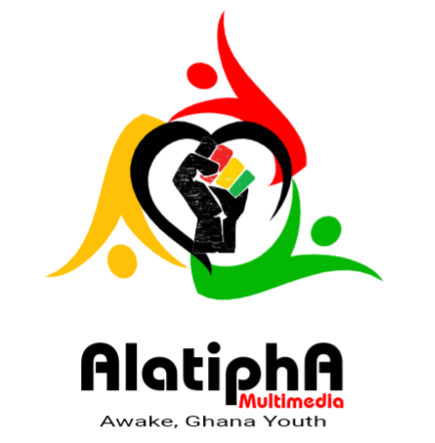
Comments
Post a Comment